Rare Rides: The 1989 Mitsubishi Sigma - Excellent Parts Availability Guaranteed

Luxury, elegance, Mitsubishi: Three words that sound just right in a singular sentence. Similarly, one sedan expresses all three of those words in a magnificent way. It’s a very rarely seen Mitsubishi Sigma, from 1989.
The car you see before you wore several different names throughout the world, and indeed more than one within North America. Sigma was Mitsubishi’s largest sedan offering throughout the world — aside from the Japanese domestic market, where it offered the executive-class Debonair (a rebadged Hyundai Grandeur by the Eighties).
Always a showcase for what the brand could accomplish in technology and innovation, the fifth-generation Sigma entered production in 1983. In most markets it wore some form of a Sigma badge, joined here and there by Galant, Eterna, and Sapporo nomenclature. This generation was the first example of a front-drive Sigma, as Mitsubishi adopted such a drive train across all their passenger cars by the end of the decade.
As with many Japanese offerings of the time, the conservative sedan body was accompanied by a more sporty hardtop version. Globally, a staggering 11 engine choices were available, along with automatic transmissions of three and four speeds, as well as a Twin-Stick eight-speed manual and a standard five-speed. In Japan only, a VR trim employed a turbocharged 2.0-liter four-cylinder boasting a technology called Cyclone Dash 3×2. Depending on throttle inputs, the engine switched between two and three valves per cylinder on the fly, promising economy and power. Intriguing!
The North American market received only the hardtop sedan body style, which featured a more glassy look via its six-window greenhouse. It debuted locally for 1988, and for a single year was called Galant Σ, which was assuredly pronounced “Galant Eee” by people in the Midwest. By 1989 Mitsubishi saw the error of its ways and renamed the model to Sigma. The name changed accompanied new swirly design alloy wheels.
Mitsubishi realized power, simplicity, and ease of driving were key selling points to people other than the Québecois, so all North American Sigmas received a 3.0-liter V6 engine and a four-speed auto. A short-lived offering, the Sigma was finished by 1990. Mitsubishi then split its lineup.
The model seen here overlapped its last few years of production with the more modern sixth-generation Galant, which was a cheaper and less complex offering. Galant was already on sale, and would continue unabated through 1994 in its contemporary form, while the Sigma name vanished from Galant in all markets. Sigma buyers (however many there were) transitioned instead to a new offering at Mitsubishi, the Diamante. More suited as a luxury competitor, Diamante provided an additional 10 inches of overall length compared to its predecessor Sigma. And BMW styling to boot.
Today’s Sigma is very rare, very clean, and has copiously ruched velour. With 131,000 miles and a transmission solenoid issue, it asks just $1,595.
[Images: seller]

Interested in lots of cars and their various historical contexts. Started writing articles for TTAC in late 2016, when my first posts were QOTDs. From there I started a few new series like Rare Rides, Buy/Drive/Burn, Abandoned History, and most recently Rare Rides Icons. Operating from a home base in Cincinnati, Ohio, a relative auto journalist dead zone. Many of my articles are prompted by something I'll see on social media that sparks my interest and causes me to research. Finding articles and information from the early days of the internet and beyond that covers the little details lost to time: trim packages, color and wheel choices, interior fabrics. Beyond those, I'm fascinated by automotive industry experiments, both failures and successes. Lately I've taken an interest in AI, and generating "what if" type images for car models long dead. Reincarnating a modern Toyota Paseo, Lincoln Mark IX, or Isuzu Trooper through a text prompt is fun. Fun to post them on Twitter too, and watch people overreact. To that end, the social media I use most is Twitter, @CoreyLewis86. I also contribute pieces for Forbes Wheels and Forbes Home.
More by Corey Lewis
Latest Car Reviews
Read moreLatest Product Reviews
Read moreRecent Comments
- El scotto They should be supping with a very, very long spoon.
- El scotto [list=1][*]Please make an EV that's not butt-ugly. Not Jaguar gorgeous but Buick handsome will do.[/*][*] For all the golf cart dudes: A Tesla S in Plaid mode will be the fastest ride you'll ever take.[/*][*]We have actual EV owners posting on here. Just calmly stated facts and real world experience. This always seems to bring out those who would argue math.[/*][/list=1]For some people an EV will never do, too far out in the country, taking trips where an EV will need recharged, etc. If you own a home and can charge overnight an EV makes perfect sense. You're refueling while you're sleeping.My condo association is allowing owners to install chargers. You have to pay all of the owners of the parking spaces the new electric service will cross. Suggested fee is 100$ and the one getting a charger pays all the legal and filing fees. I held out for a bottle of 30 year old single malt.Perhaps high end apartments will feature reserved parking spaces with chargers in the future. Until then non home owners are relying on public charge and one of my neighbors is in IT and he charges at work. It's call a perk.I don't see company owned delivery vehicles that are EV's. The USPS and the smiley boxes should be the 1st to do this. Nor are any of our mega car dealerships doing this and but of course advertising this fact.I think a great many of the EV haters haven't came to the self-actualization that no one really cares what you drive. I can respect and appreciate what you drive but if I was pushed to answer, no I really don't care what you drive. Before everyone goes into umbrage over my last sentence, I still like cars. Especially yours.I have heated tiles in my bathroom and my kitchen. The two places you're most likely to be barefoot. An EV may fall into to the one less thing to mess with for many people.Macallan for those who were wondering.
- EBFlex The way things look in the next 5-10 years no. There are no breakthroughs in battery technology coming, the charging infrastructure is essentially nonexistent, and the price of entry is still way too high.As soon as an EV can meet the bar set by ICE in range, refueling times, and price it will take off.
- Jalop1991 Way to bury the lead. "Toyota to offer two EVs in the states"!
- Jalop1991 I'm sorry, Dave. I'm afraid I can't do that.























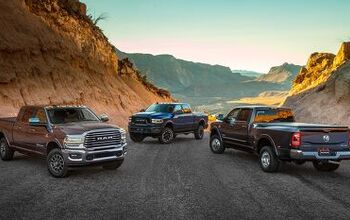

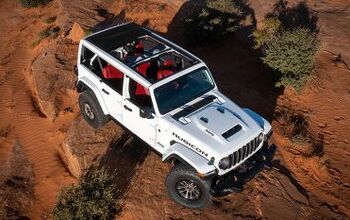
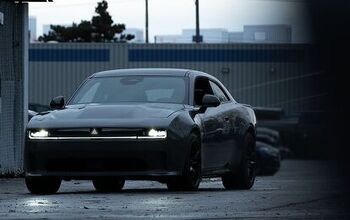

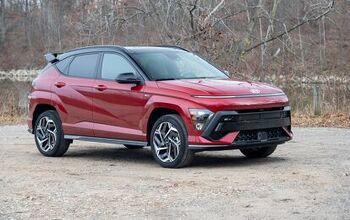
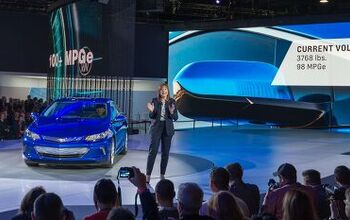
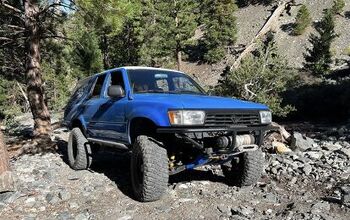
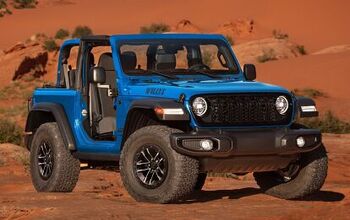
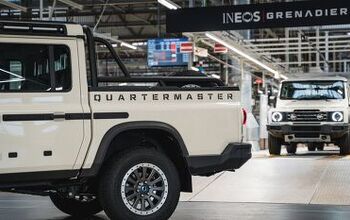
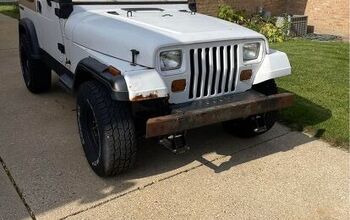
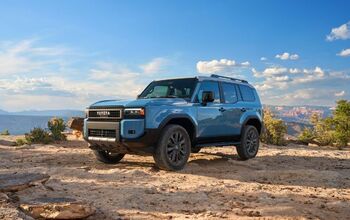
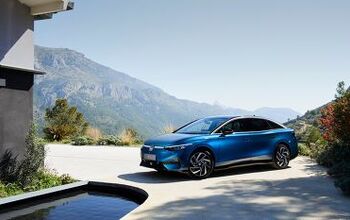
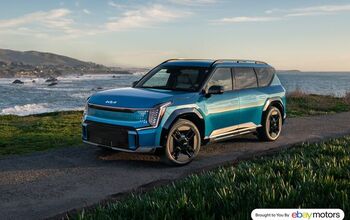
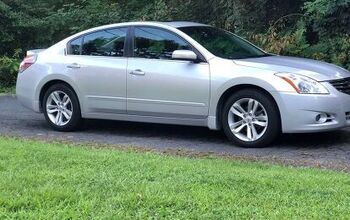
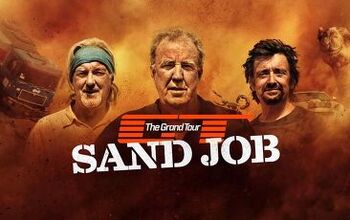
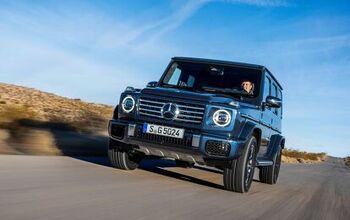
Comments
Join the conversation
Automotive design Rule #4: - No directional wheels
Kind of looks like Giorgetto Giugiaro's work. Anybody know who the designer was?